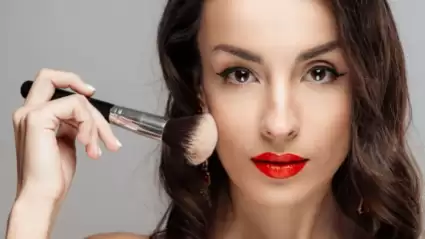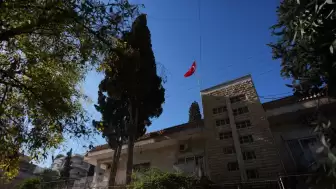FUE Hair Transplant (Follicular Unit Extraction) is one of the most advanced methods for combating hair thinning and hair loss, providing patients with natural-looking and permanent results. This minimally invasive procedure involves the extraction of individual hair follicles from the donor area and implanting them into the balding or thinning areas.
Unlike traditional methods like FUT, which leaves a visible linear scar, FUE offers a scar-free solution, making it ideal for individuals who prefer shorter hairstyles. Each hair follicle is extracted using specialized tools and then carefully implanted into the recipient area, ensuring a natural hair growth pattern that mimics the patient’s original hair.
One of the key factors behind the success of FUE is its minimal recovery time. Most patients can return to their daily activities within a week, and the small incisions heal quickly. The results of the transplant start becoming noticeable within a few months, and full results can be seen after 9-12 months.
The DHI (Direct Hair Implantation) technique is a variant of FUE, using the Choi Implanter Pen to directly extract and implant follicles without the need for pre-made incisions. This technique is highly precise and reduces trauma to the surrounding tissue, leading to a faster recovery time and even more natural results. DHI is especially suitable for smaller areas like the hairline or eyebrows.
Whether choosing FUE or DHI, hair transplants are long-lasting and provide permanent solutions to hair loss. However, it’s important to note that while the transplanted hair remains intact, further thinning may occur in untreated areas, requiring additional treatments.
For more information on how FUE and DHI hair transplants can restore your hair and confidence, visit Konuk Clinic today!

Is DHI better than FUE?
Many patients may prefer FUE as the maximum number of grafts that can be implanted with DHI is 4000, whereas the FUE method can cover much larger areas. For this reason, DHI is normally preferred to treat smaller, specific sections of hair loss, whereas FUE is better when there's more significant balding.
Why is DHI so expensive?
The cost of DHI and FUE hair transplants can vary depending on the location and the experience of the surgeon. However, in general, DHI tends to be more expensive than FUE. This is because DHI requires specialized tools and equipment that add to the cost of the procedure
Does DHI donor hair grow back?
The answer to this question is both yes and no. Typically, during hair transplant surgery, entire follicles are harvested. Sometimes, these follicles will produce hair again and sometimes they will not. It largely depends on overall health and various other factors.
Does Dhi leave scars?
DHI hair transplant surgery is a newer procedure compared to FUE and is similar to the FUE technique, that is, it does not leave a scar after the surgery and provides a natural appearance.
Does dhi heal faster?
DHI hair transplants often have a quicker healing process than other restoration methods.
How many grafts can you do with DHI?
DHI VS FUE - Whats The Difference? - UK Smiles Around 5000-6000 grafts are transplanted per session with the Sapphire FUE technique, while 1500-3500 grafts can be transplanted every session with the DHI technique Does hair fall out after DHI hair transplant? After a hair transplant, the implanted follicles and the attached hairs will stay in their new place for 1- 2 weeks. The follicles in this period will start to switch into a resting phase and will then begin to shed their hair. This shock loss can start as early as 10 days following transplantation.
Can DHI hair transplant fail?
Poor Post-Surgery Care Even after a top-class surgeon has done his part, a hair transplant will still fail if the patient isn't given the necessary post-operation care. Poor post-surgery care will negatively impact the hair transplant result.
















